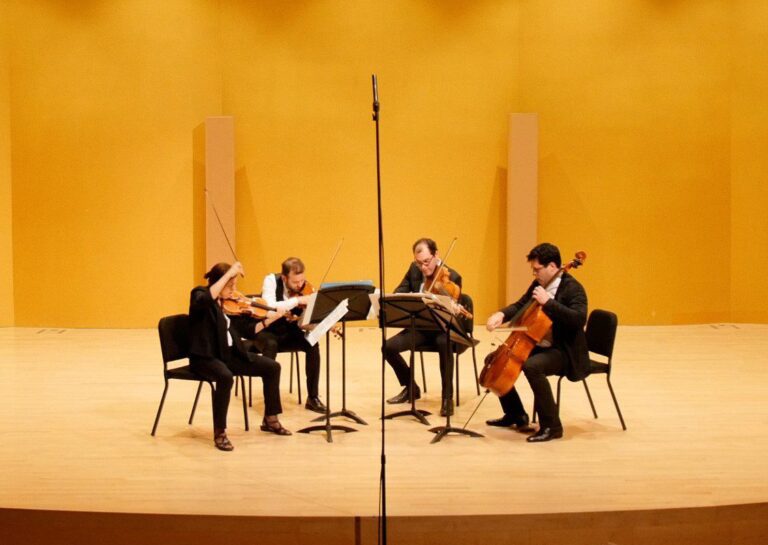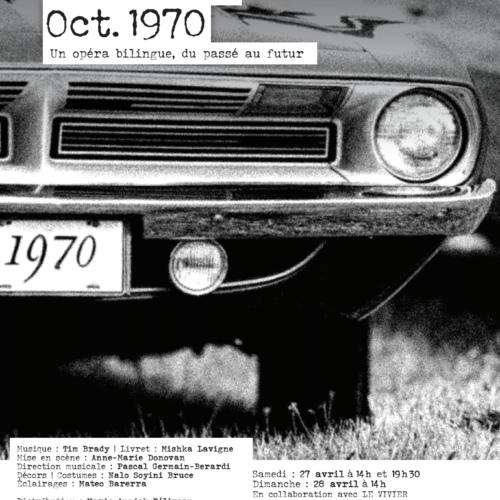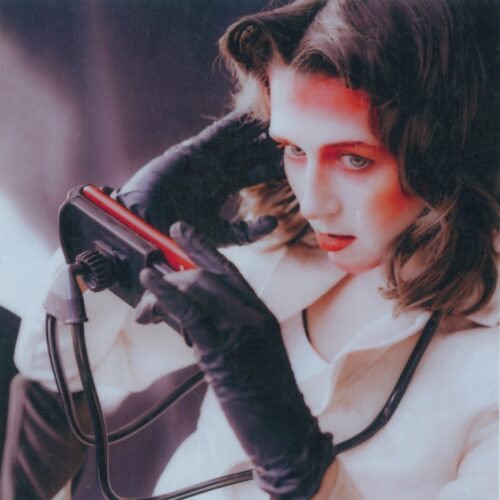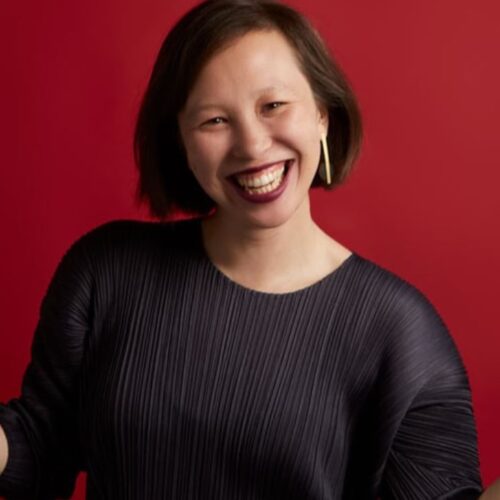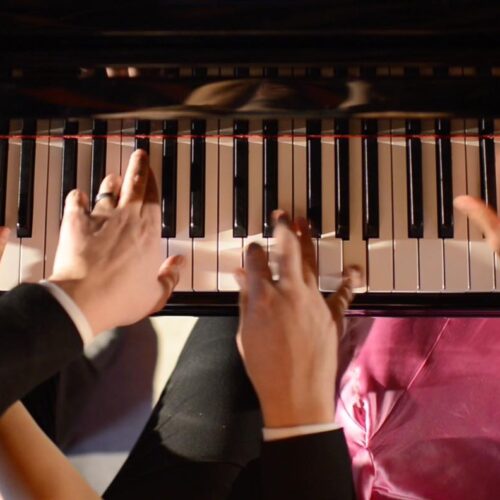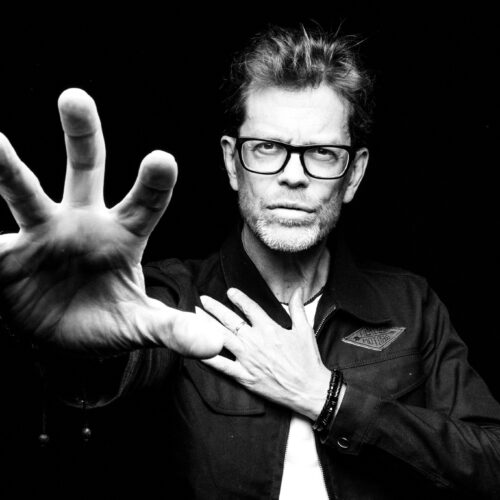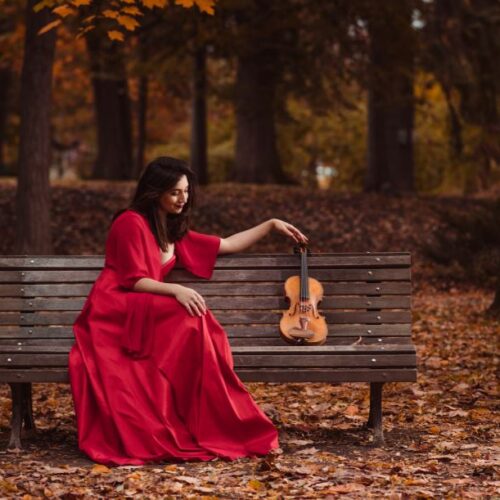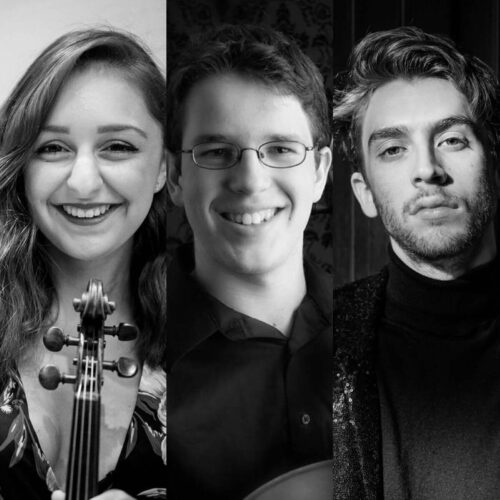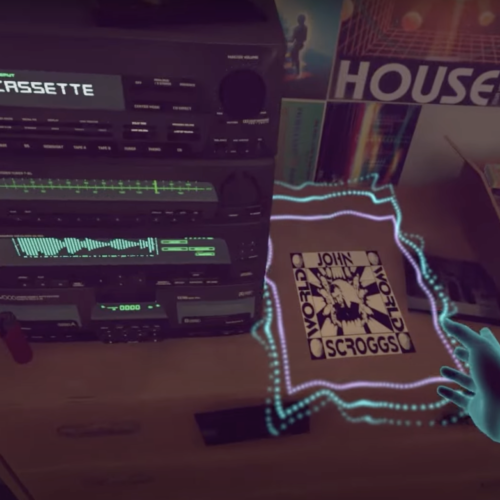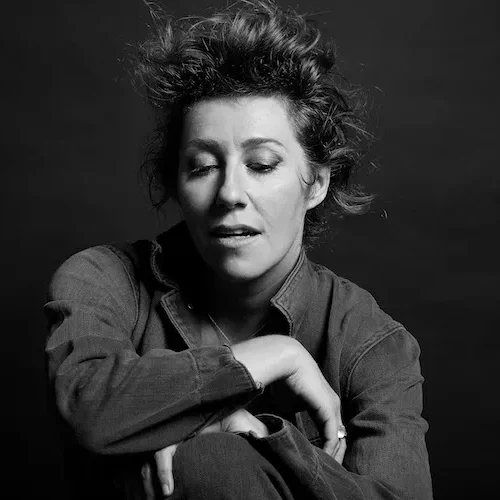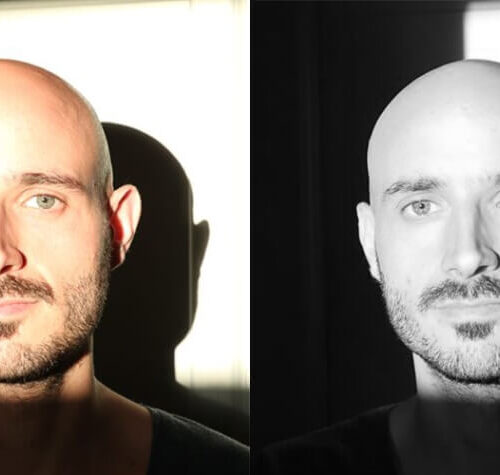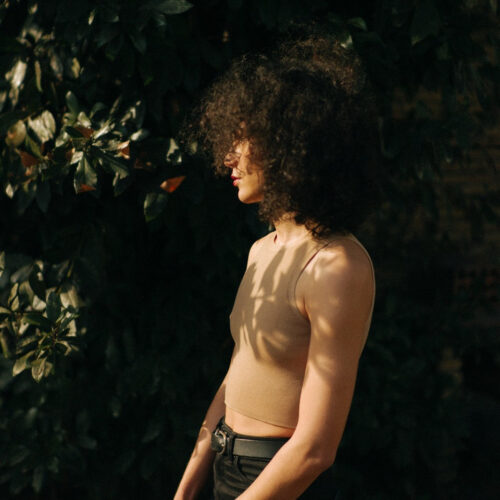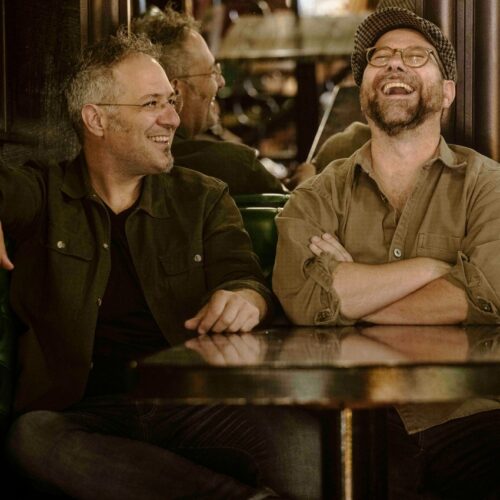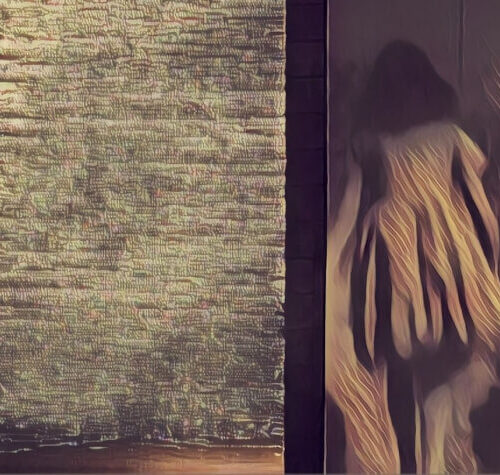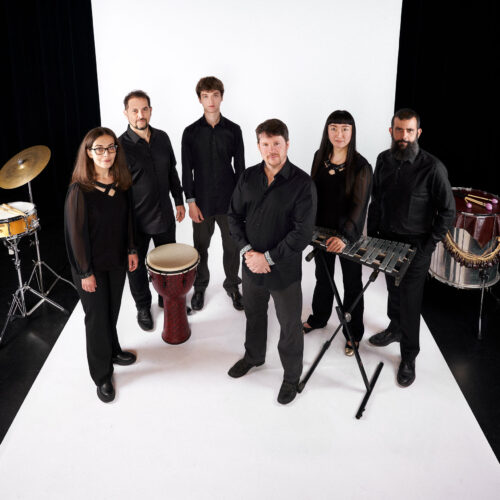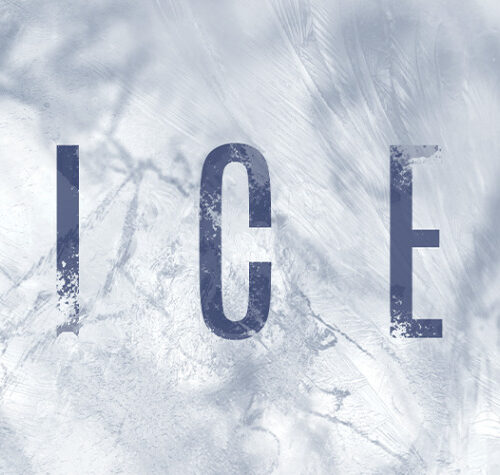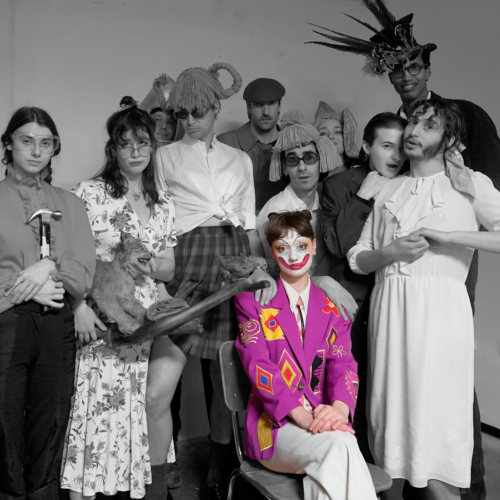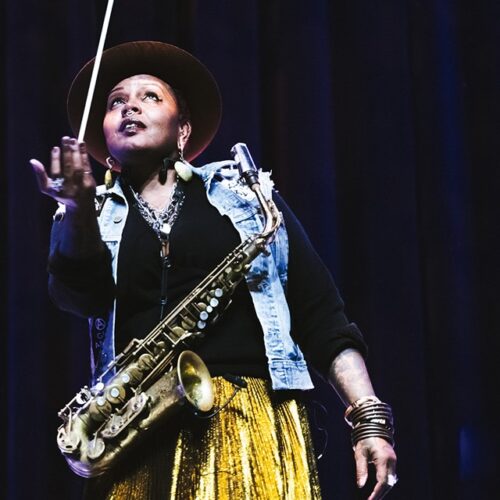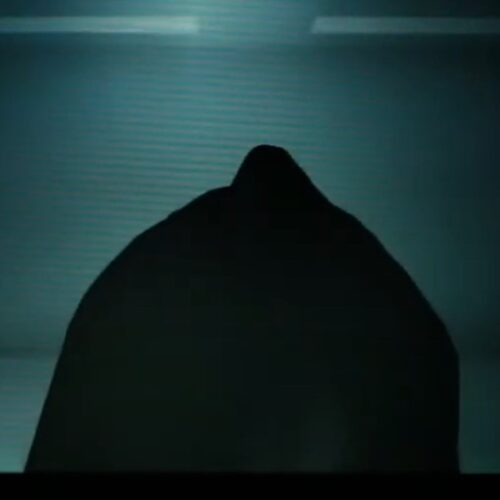renseignements supplémentaires
This Friday, the Molinari Quartet kicks off its 5-program season as part of the Ensemble in Residence series at the Conservatoire de Musique de Montréal. The next four programs will be preceded by Dialogues sur le Plateau, cultural mediation sessions at the Maison de la Culture Plateau Mont-Royal, designed to explain the ins and outs of the works performed this year by the Montreal quartet. Olga Ranzenhofer, concertmaster and artistic director of the Molinari Quartet, which she founded in the 90s, provides us with all the information we need for this kick-off event on the theme of Music and Nature.
PAN M 360: So, Olga, activities resume this Friday at the Conservatoire de musique de Montréal!
Olga Ranzenhofer: Yes, and it’s our 27ᵉ season. It goes by fast! At the beginning of our existence, our mandate was the 20ᵉ century, today it’s 20ᵉ and the 21ᵉ. And so we can’t be labelled exclusively contemporary music, we can choose from a huge repertoire including modern music. This year, for example, we’ll be playing Debussy, Bartok, Shostakovich and also more recent composers including premieres such as a work by Franghiz Ali-Zadeh, a composer from Azerbaijan that we’ve already played.
We will also be playing works by Montreal composer John Rea, who will be celebrating his 80th birthday with the premiere of a work entitled Objets perchés, in reference to another string quartet he composed in 1992, entitled Objets perdus.
These two quartets will be performed in February in a program also involving Shostakovich’s Quartets no. 10 and no. 13. In 2025, by the way, we’ll be doing the complete quartets a 2nd time to commemorate the 50th anniversary of his death, since Antoine Bareil (the second violin) wasn’t with us when we first performed them. It’s one of our trademarks to play complete works by composers for string quartet. It’s one of our trademarks to play the complete works of composers for string quartet. I really enjoy doing it! It’s such a formative experience to delve into a composer’s universe and discover the characteristics of his or her work.
PAN M 360: For most of your programs at the Conservatoire, you also do cultural mediation to explain the subject matter.
Olga Ranzenhofer: Yes, a 27th year of cultural mediation! In our Dialogues sur le Plateau, there’s something for everyone. We’re very inclusive, and anyone who comes along can find something to their liking, whatever their level of musical understanding. No question is out of place. Composers can also be invited to talk about their work, and others can speak from the audience. It really is for everyone, and we make sure that people don’t come away from our Dialogues saying “This music is too complicated”. Our first dialogue is scheduled for November 26 at the Maison de la culture Plateau-Mont-Royal, followed by a concert on December 1 at the Conservatoire.
PAN M 360: Outside the Conservatoire and the Maison de la culture, you have other concerts planned for your upcoming season. Can you give us some examples?
Olga Ranzenhofer: Thanks to a grant from the Conseil des arts et des lettres du Québec, we’ll be in New York in October, then in Toronto in November to take part in the performance of a multimedia work by Canadian composer and saxophonist Quinsin Nachoff, whose string quartet we’ll be playing this week. We also have other concerts lined up, including one at Salle Bourgie next January.
PAN M 360: What about Quinsin Nachoff’s Quartet, which you’ll be performing on Friday?
Olga Ranzenhofer: This work was written in 2018. And since the composer is also a jazz saxophonist, there are contemporary jazz influences in this work. It’s a work that could be described as atonal, full of energy, very rhythmic, and very intense. The work is in four movements, each of which features one of the Quatuor Molinari’s performers. It’s a very complex work that’s a lot of fun to play: it swings, it’s intense and it lasts a good twenty minutes. And it raises a number of questions: is it really jazz, or is it downright contemporary music? There are clear jazz influences in this quartet, such as the little glides that start under the note in the manner of a jazz saxophonist. Our relationship with Quinsin Nachoff began when we took part in one of his projects through violinist Nathalie Bonin. Then he decided to make a string quartet for us. In fact, he has just obtained a grant to write a 2nd quartet for us, which we will perform next year. We’re very happy about that.
PAN M 360: And then, this season, the Molinari Quartet returns to Shostakovich, starting again on Friday!
Olga Ranzenhofer: Absolutely, we’ll start with her Quartet No. 11, the first of four quartets dedicated to Soviet musicians from the Beethoven Quartet (1922-1980), which had premiered the vast majority of her works for string quartet. Composed in 1966, this 11th quartet was dedicated to violinist Vassili Chirinsky, who had died the previous year. Written in seven movements, it is very introspective, very spare, delicate, elegant, and not flamboyant like many of Shostakovich’s other quartets. At the very end of the first movement, the second violin arrives; given the death of his colleague, the composer wanted to show the emptiness engendered by his passing. There’s sadness here, but also a touch of humour, because it seems that the Beethoven Quartet’s second violinist had a certain sense of humour.
PAN M 360: Another of your favourite composers appears on this first program of your season: the late Canadian composer R. Murray Schafer.
Olga Ranzenhofer: Yes, we’ll be doing Waves, Schafer’s 2nd quartet, a work based on the rhythm of ocean waves on the Canadian coast. Through his Soundscape Project research, he observed that there was a wave rhythm lasting between 6 and 11 seconds. So the whole structure of the work is based on this wave rhythm, and so we don’t work with measures but rather sequences of 6 to 11 seconds. It’s a wonderful quartet, really impressionistic. Really, at the beginning, it starts with nothing, it’s very gentle, you just hear the rustling of water, and then you gradually move into the middle of a storm, almost a tsunami! It then calms down… A truly beautiful piece!
PAN M 360: And Shostakovich again to conclude this first program, this time Quartet No. 12.
Olga Ranzenhofer: Very different from No. 11, very orchestral, very intense and conceived in two movements. The first movement is quite short, beginning with a cello bar that spreads out the 12 intervals (of the scale), a bit like a dodecaphonic series, but interpreted as a leitmotif through which the composer plays with tonality. Unlike the first movement, the 2nd is very long, lasting some twenty minutes, and can be divided into different sections. It’s very orchestral, with long solos, a magnificent chorale and more. So here’s a flamboyant work by Shostakovich, dedicated to the Beethoven Quartet’s first violinist, Dmitri Tsiganov.
So it’s a big program. We’re starting the year off with a bang!
